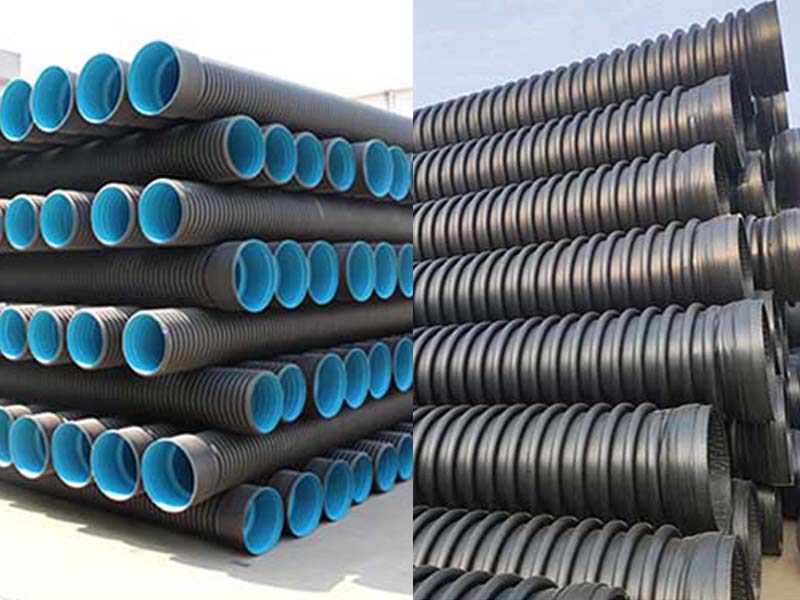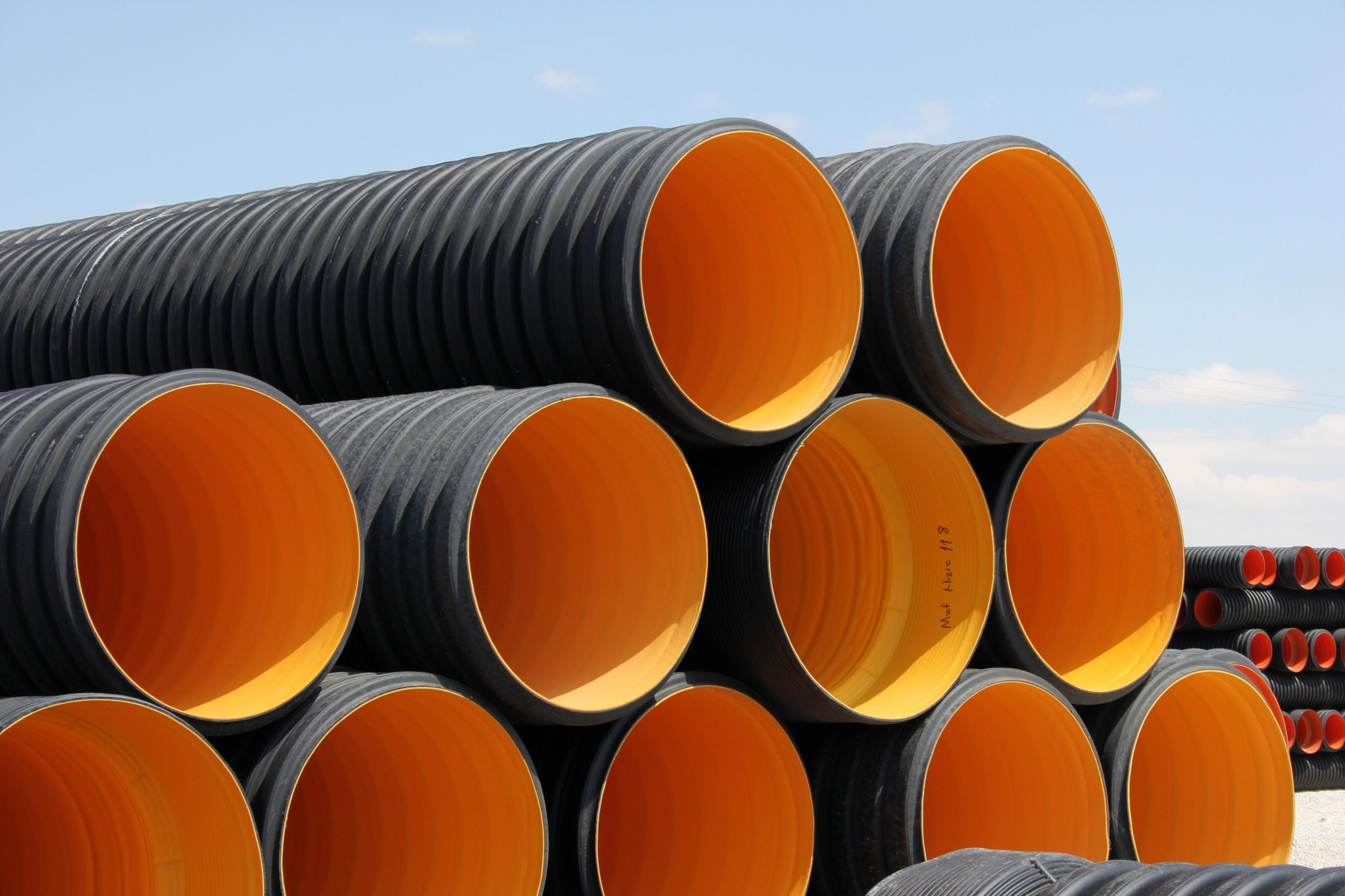KRAH Pipe vs. Tuyau ondulé à double paroi en PEHD: Unveiling Distinctions

KRAH Pipe:
KRAH pipes, distinct from HDPE double wall corrugated pipes, utilize a modified extrusion process, enhancing structural integrity for large-diameter applications.
Robust Design:
KRAH pipes feature a structured wall design, ensuring superior strength and stiffness, ideal for demanding industrial and infrastructure projects.
Unique Manufacturing Technique:
In contrast to HDPE double wall corrugated pipes, KRAH pipes undergo a continuous winding process, resulting in a seamless, spiral-structured profile with enhanced load-bearing capacity.
Application Flexibility:
KRAH pipes excel in challenging environments, offering adaptability for various applications, from drainage to sewage and stormwater management, due to their exceptional durability.
Tuyau ondulé à double paroi en PEHD:
HDPE double wall corrugated pipes, unlike KRAH pipes, employ a dual-wall construction, combining versatility with cost-effectiveness for diverse applications.
Flexible Construction:
HDPE double wall corrugated pipes leverage a flexible design, allowing for easy installation and adaptability to shifting soil conditions, suitable for both residential and commercial projects.
Solution rentable:
Compared to KRAH pipes, HDPE double wall corrugated pipes provide a cost-effective option without compromising performance, making them popular in various infrastructure developments.
Efficient Drainage:
HDPE double wall corrugated pipes excel in drainage applications, efficiently managing water flow, reducing the risk of flooding, and ensuring sustainable water management.
Écologique:
In line with environmental considerations, HDPE double wall corrugated pipes are recyclable, contributing to sustainable practices and reducing the overall environmental impact.

En résumé, while KRAH pipes focus on large-diameter applications with a modified extrusion process, HDPE double wall corrugated pipes offer a flexible and cost-effective solution for diverse projects, emphasizing efficient drainage and environmental sustainability. Each type caters to specific needs in the construction and infrastructure sector, providing tailored options for various applications.

 Zhongtong HDPE PIPE Système Fournisseur Professionnel
Zhongtong HDPE PIPE Système Fournisseur Professionnel